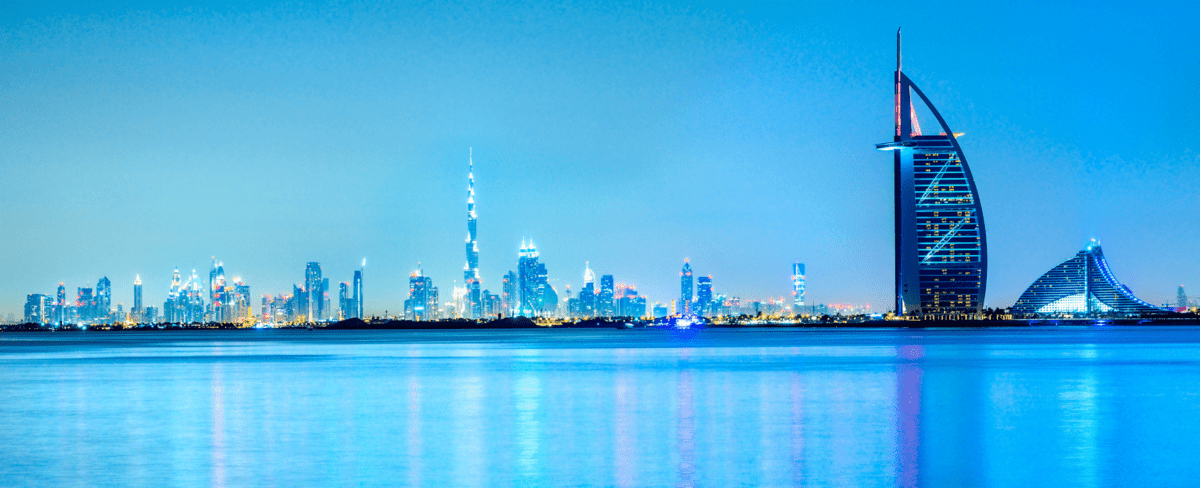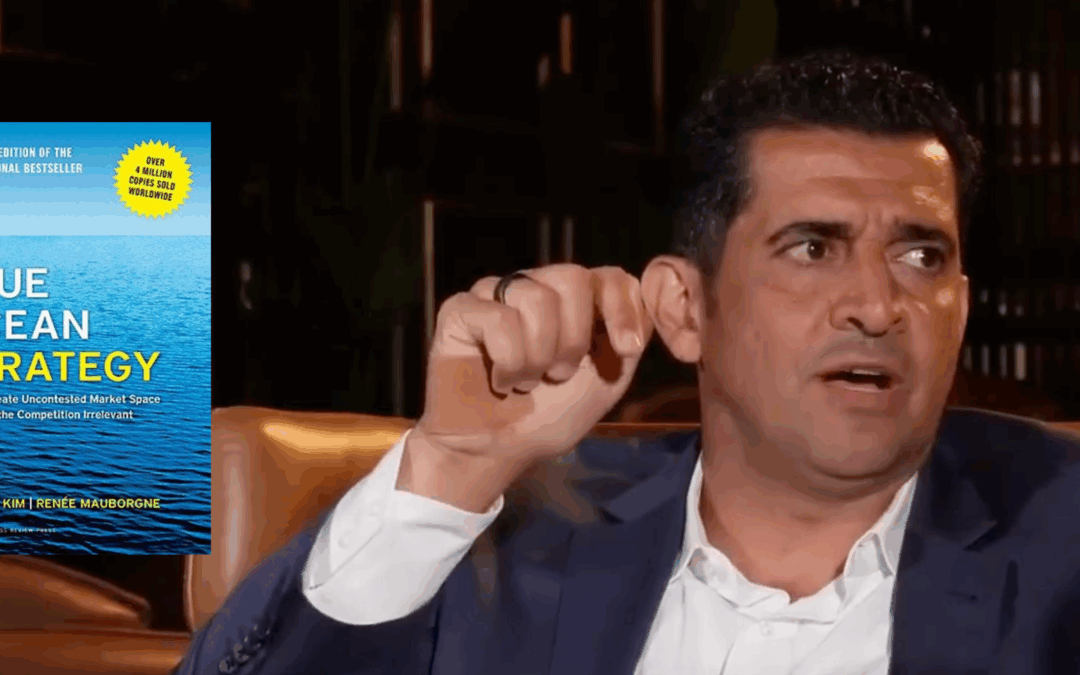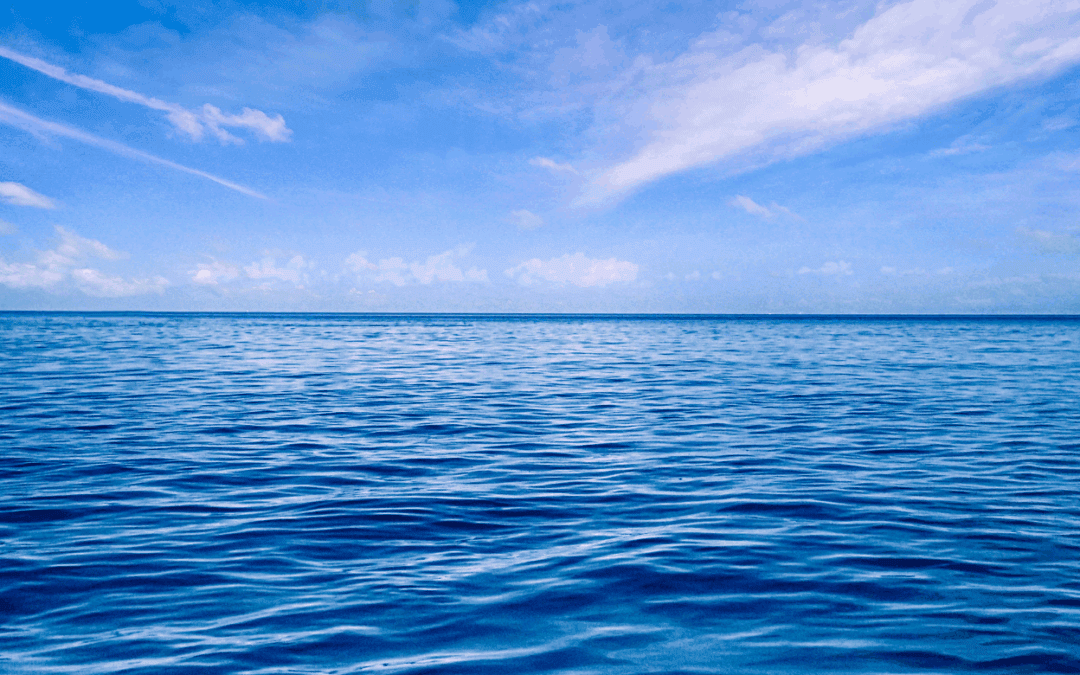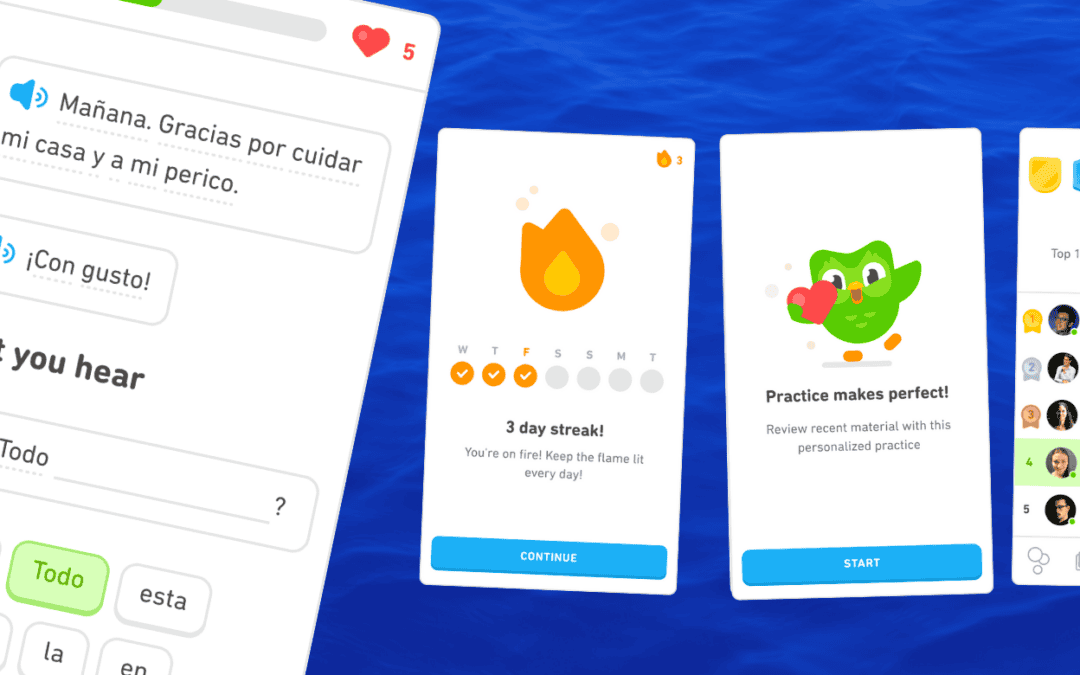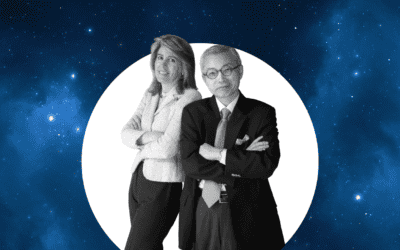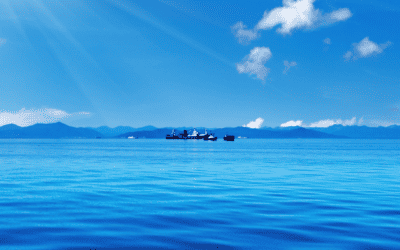American cities are being called on to reinvent themselves. Craig Ey, editor of the Philadelphia Business Journal recently claimed that “a lack of vision – or failure to see the blue ocean – can affect cities” and lead to decline. But some cities have adopted a blue ocean approach to tackle problems and open up a bright future. Dubai is one such city.
From sleepy desert city to global metropolis, Dubai has established itself as the leading city of the UAE and a prominent regional hub for finance, trade, tourism, and shopping. Dubai’s economy was the fastest growing in the world for 33 years in a row from 1975 to 2008. Although it suffered setbacks from the global financial crisis of 2008, as most countries did, it bounced back successfully. Dubai is now focused on making a new blue ocean shift for growth.

Dubai is now focused on making a new blue ocean shift for growth.
Shaping social and technological trends to solve current and future challenges
Like any other city, Dubai faces its own set of challenges. Traffic congestion is one of them. People working in the city spend an average of one hour and forty-five minutes commuting to and from work. Another challenge is a housing shortage with almost eight out of ten households struggling to find an affordable home. Food security is also an issue as Dubai currently imports 80% of its food.
Dubai wants to tackle the challenges it faces today as well as anticipate those of tomorrow. By looking at existing and emerging technologies like 3D-printing, virtual reality, sustainable food laboratories and autonomous vehicles, Dubai identified a blue ocean opportunity: shaping emerging and irreversible technological trends and matching them with current and future socio-economic challenges.
It’s an approach encapsulated in Chan Kim & Renée Mauborgne’s Six Paths Framework, which uncovers blue ocean opportunities by looking across an industry’s self-imposed boundaries. Rather than adapt to external trends as they occur, Dubai has set out to shape trends over time (path six).
In 2016, the city-state launched its Dubai Future Foundation with the ambitious goal of responding to, and anticipating, socio-economic difficulties by shaping the economic and industrial landscape of the future.
Dubai identified a blue ocean opportunity: shaping emerging and irreversible technological trends and matching them with current and future socio-economic challenges.
By launching the foundation, Dubai moved away from the ‘structure shapes strategy’ logic according to which a city, country, or company’s strategic options are bound by external trends and conditions. Dubai not only wants to shape the future, it sees it as a new catalyst for growth. Dubai is pursuing Chan Kim & Renée Mauborgne’s blue ocean approach of ‘strategy shapes structure’ – in this case, the structure of the future.
How does it work? After its launch, the Dubai Future Foundation opened its doors to the private sector across the globe to give them the opportunity to test and apply solutions in the public sector. The foundation not only tackles socio-economic challenges but also spearheads the creation of Dubai’s future growth opportunities and strategic industries. In turn, it is attracting global investment, talent and the latest technology.
Strategies that cut across trends to shape the future
Through the Dubai Future Accelerators Program, the foundation connects companies and entrepreneurs around the world with Dubai’s public sector. The program is designed to identify emerging technologies and companies with the potential to address 21st-century challenges and opportunities. The companies are given the support they need to develop these solutions and prototypes, and to start testing them throughout Dubai.
Innovative companies are drawn to the program because it deals with current and future policy issues upfront rather than cause delays and hinder innovation. The Dubai Future Accelerators Program attempts to mitigate such risks by getting the public sector on board and creating an environment in which transformative ideas can be rapidly tested and implemented on a large scale.
Dubai moved away from the ‘structure shapes strategy’ logic according to which a city, country, or company’s strategic options are bound by external trends and conditions.
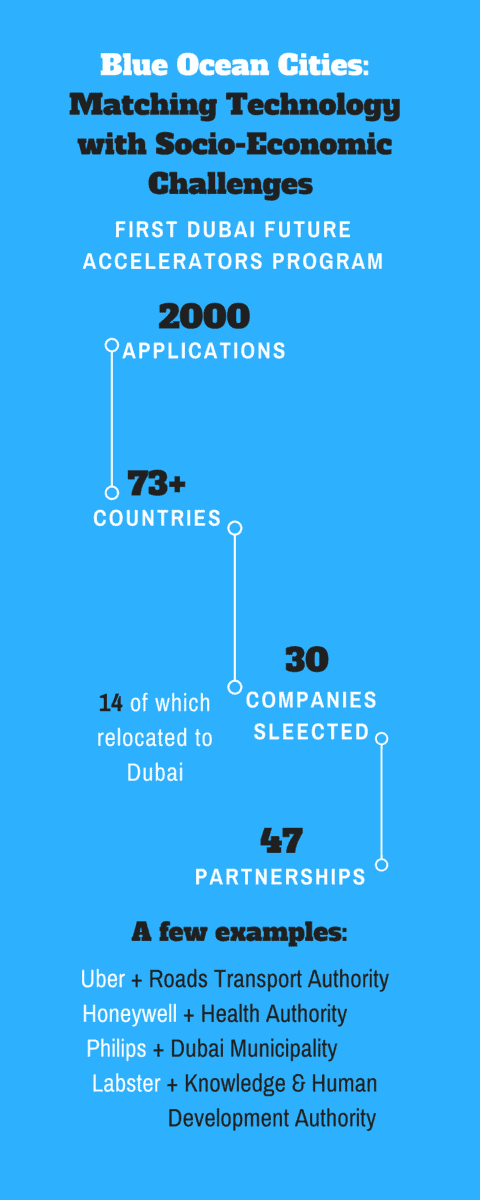
Blue Ocean Cities: Matching Technology with Socio-Economic Challenges.
The first-ever round of the Dubai Future Accelerators Program in 2016 received over 2,000 applications from 73 countries. Thirty companies were selected to come to Dubai and work on their projects in areas like education, energy, transport and security. The program resulted in 47 partnerships with both established multinationals and start-ups. Fourteen of the international companies even relocated their headquarters to Dubai.
Among these collaborations, Uber and the roads transport authority of Dubai partnered to draft policies that could one day allow for the use of flying cars in public transport. Fortune-500 company Honeywell partnered with the Dubai health authority to implant technology in people’s homes to diagnose and prevent diseases. Philips and the Dubai municipality partnered to reduce the municipality’s electricity bill for lighting by 50%, and Danish company Labster is building virtual laboratories for students to help Dubai’s knowledge and human development authority eliminate 30% of equipment and infrastructure costs.
By creating strategies for the future that cut across these different social and technological trends, the government and private sector companies are working towards a common goal: making Dubai the model city of the future.
Find out more about Chan Kim & Renée Mauborgne’s six paths framework and other market-creating tools in Blue Ocean Shift: Beyond Competing – Proven Steps to Inspire Confidence and Seize New Growth and by visiting our tools pages.
